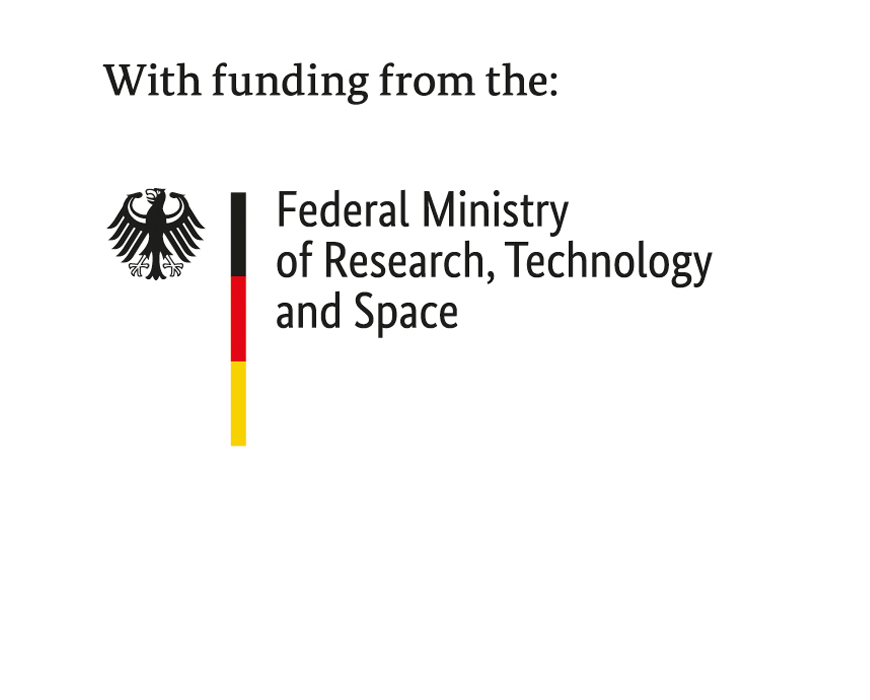At a glance
- Hydrogen is set to play a vital role in the energy system of the future. At present, however, it is still both expensive and energy-intensive to produce, not least since the starting material is ultrapure water.
- For this reason, the SeaEly project will redevelop and evaluate core components of a stack which enable direct production of hydrogen and oxygen from sea- and brackish water.
- As the project coordinator, Fraunhofer IWES is responsible for developing a multi-use test bench, with which the redeveloped components will be tested in the stack and compared with reference stacks of various electrolysis technologies (alkaline, PEM, AEM).
- SeaEly is part of the ideas competition Hydrogen Republic of Germany.
The challenge
Hydrogen is regarded as key to the energy system of tomorrow. This gas can be used as an energy store for when the sun is not shining and the wind is not blowing. Moreover, it can be transported and also replace natural gas in the production of steel and chemical products in the industrial sector.
However, the creation of hydrogen is still currently complex and costly, due in part to the fact that today’s electrolysis processes use ultrapure water as the base material.
The solution
This is the starting point for the SeaEly project as part of the Hydrogen Republic of Germany ideas competition. The project partners are committed to developing and optimizing core components of the stack to be able to facilitate the direct electrolysis of sea- and brackish water to produce hydrogen. The aim is to develop the core components of the stack up to industrial application.
To this end, the scientists are not only testing the various existing technologies, such as proton exchange membrane electrolysis (PEM) and alkaline electrolysis (AEL), as well as the innovative anion exchange membrane (AEM), but are also developing the necessary materials and components. In order to compare the different technologies, a new multi-use test bench is being built, which will allow a comprehensive comparison of all the methods on the basis of the test results.
The added value
Within the scope of a sub-project, the project coordinator, Fraunhofer IWES, is also responsible for developing the new test bench for analysis of the core components of the stack and reference stacks with brackish or sea water.
